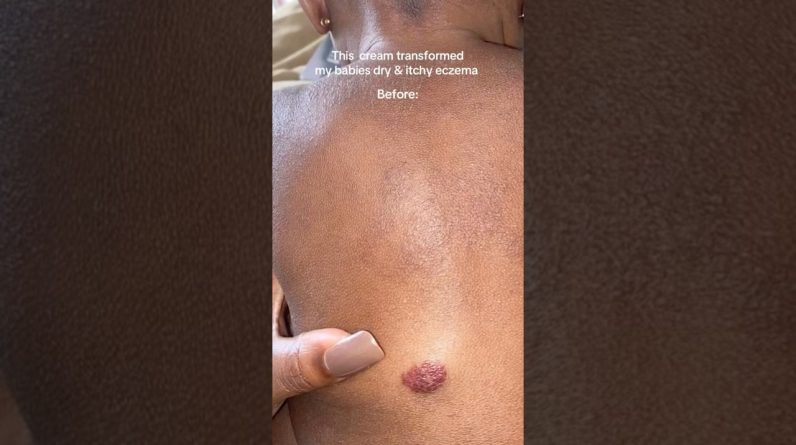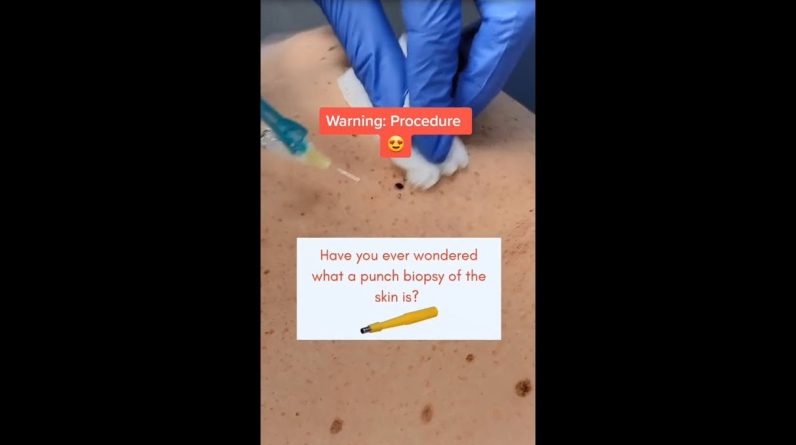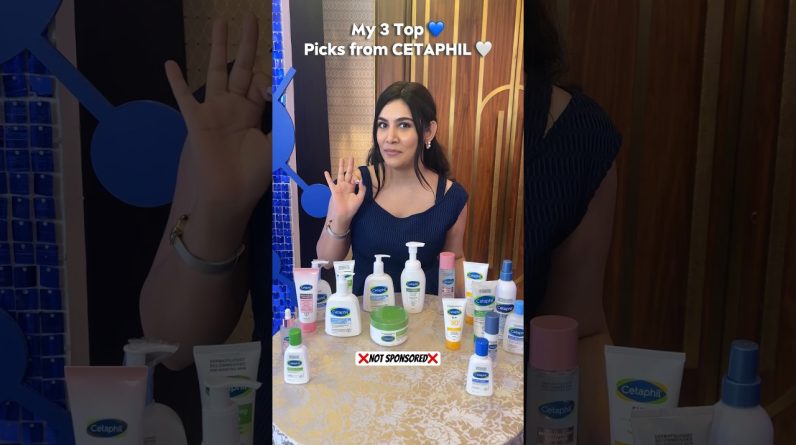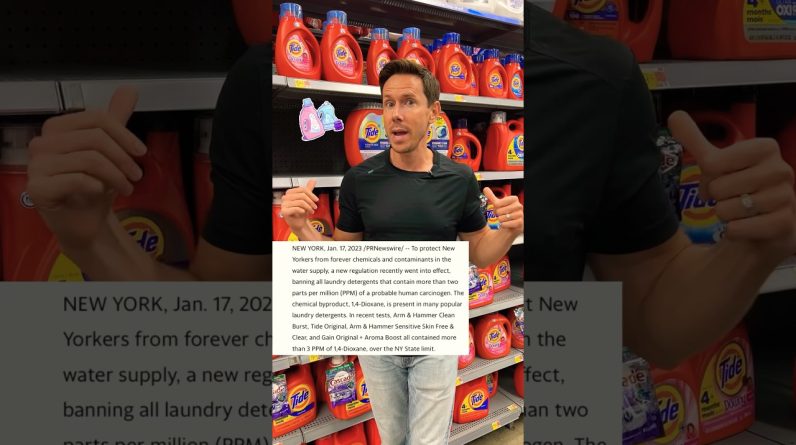Choosing the right sunscreen for your child is an important step to protect their skin from harmful ultraviolet (UV) rays. Here are some tips to help you choose the best sunscreen for kids:
Look for Broad Spectrum: The sunscreen you choose should be broad-spectrum, meaning it protects against both UVA and UVB rays. Both types of UV rays can cause skin damage.
High SPF: Choose a sunscreen with a Sun Protection Factor (SPF) of at least 30. SPF 30 blocks about 97% of UVB rays when applied correctly. No sunscreen can block 100% of the sun’s rays, but higher SPF ratings provide slightly more protection.
Water-resistant: Kids often spend a lot of time in the water during summer. Therefore, opt for a water-resistant sunscreen, which will provide protection while your child is swimming or sweating. However, it’s important to note that no sunscreen is completely waterproof, so you should reapply it every 2 hours and after swimming, sweating, or towel drying.
Consider Sensitive Skin: If your child has sensitive skin or skin conditions like eczema, you may want to choose a sunscreen designed for sensitive skin. These sunscreens usually use mineral-based active ingredients like zinc oxide and titanium dioxide, which are less likely to irritate the skin than chemical ingredients.
Avoid Certain Ingredients: Avoid sunscreens that contain oxybenzone and octinoxate, as these chemicals are known to harm coral reefs and might have potential health concerns. Also, avoid sunscreens with insect repellent, as they may need to be reapplied more frequently than sunscreen should be.
Formulation: Sunscreens come in various forms such as lotions, sprays, sticks, etc. Lotions are often recommended for best coverage, while sticks can be helpful for around the eyes. Sprays can be convenient, but make sure to use enough and rub it in to cover all exposed skin, and avoid inhaling the spray.
Check for Expiration Dates: Sunscreens typically last for three years. However, if the sunscreen has an expiration date listed, adhere to that. Sunscreen that is past its expiration date may not work effectively.
Lastly, remember that sunscreen is just one part of sun protection. Encourage your child to wear a hat, sunglasses, and protective clothing, seek shade during peak sun hours (10 a.m. to 4 p.m.), and stay hydrated.
Thanks for watching
Subscribe to Shaun Tips
Like, Share, Comment
Disclaimer: This video is for educational and general informational purposes only and it helps in the general understanding of various health issues. It should not be used to self-diagnose and it is not a substitute for a medical exam, cure, treatment, diagnosis, and prescription or recommendation. It does not create a doctor-patient relationship between us and you. You should not make any change in your treatment, health regimen or diet before first consulting a physician and obtaining a medical exam, diagnosis, and recommendation. Always seek the advice of a physician or other qualified health provider with any questions you may have regarding a medical condition. Shaun Tips is not liable or responsible for any advice, course of treatment, diagnosis or any other information, services or product you obtain through this video or site. This video is not for sale.
#shauntips. #sunscreenforskin
source







